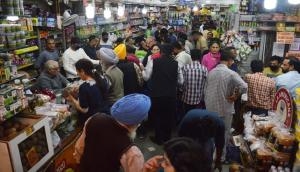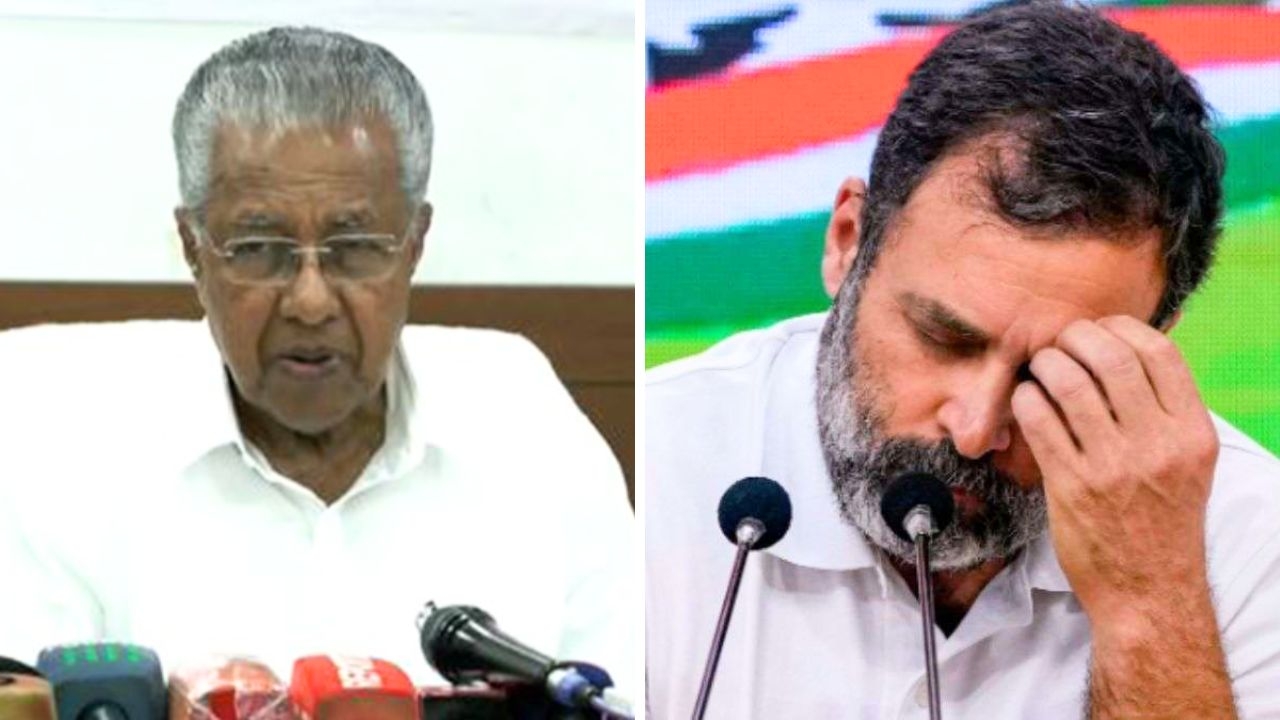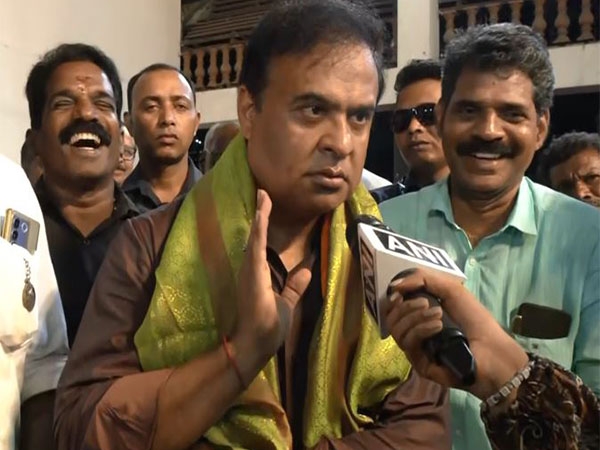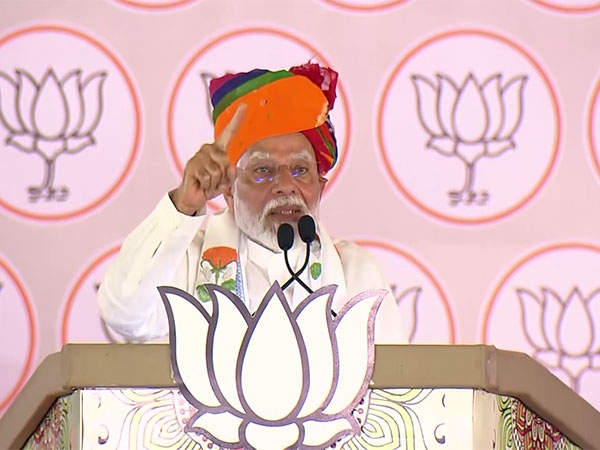Dharmendra Pradhan's hard sell on petrol pricing policy has nothing for consumers
_81315_730x419-m.jpg)
Under pressure to check the rising fuel prices from public, petroleum minister Dharmendra Pradhan on Wednesday held a high level meeting with the ministry's officials. After the meeting, he tried to hard sell the government's policy to allow daily revision of petroleum products by the oil marketing companies.
Pradhan made three faulty arguments to absolve his government of the crime of milking the middle class by way of keeping high petroleum prices even though the price of crude oil in the world is at much lower price then what it was three years ago.
A point by point rebuttal:
Argument one: Fortnightly pricing was pinching consumers. The government allowed daily price revisioning to ensure customers don't have to wait for 15 days to enjoy the benefits of a fall in international crude prices.
Reality: The decision to allow daily price revision of petrol was taken only to help government-owned petroleum companies. Before deregulation of petrol and diesel prices in the country, petrol companies used to be price sensitive and did not undertake price hikes on a daily basis.
The core focus of petroleum companies now is profit making and since 16 June, 2017, the prices fell only in the first 15 days by about just 3%. Since 2 July, there has been an increase of 7% in the prices. Moreover, all the three government-owned oil marketing companies have been functioning as a cartel by keeping a marginal difference in their prices. The only loser post deregulation of the fuel sector has been the consumer.
Argument two: Higher revenue from petroleum products has allowed the government to increase social sector spending.
Reality: According to a Mint's analysis, “On a combined basis, excise collections from petrol, diesel increased a massive 111% year-on-year in FY16. The current year won’t disappoint either.”
But the social sector has not received even a fraction of the bounty that government got from higher fuel taxes. To quote a Hindustan Times article on budget 2017-18 by Yamini Aiyyar, a senior fellow at the Centre for Policy Research: “In his budget speech, the finance minister made it a point to highlight that the MGNREGS (Mahatma Gandhi National rural Employment Guarantee Scheme) has received its highest allocation ever at Rs 48,000 crore. However, this is a mere 1% increase from the allocation in 2016-17 which, when we include supplementary budgets made through the year, stood at Rs47,499 crore (revised estimate).”
BLURB: When it comes to petrol, the consumer is the biggest loser and the govt the biggest winner
Other social sector schemes have also received average increases in their budgetary allocations ever since the NDA government came to power.
In reality the increased revenue from the petroleum sector has been used to cut the fiscal deficit, much against the advice of many economists. Despite fall in the growth of the country, the NDA government has been hell bent on reducing fiscal deficit. Needless to say, the middle class is paying for the government's fetish to keep fiscal deficit low.
Argument 3: Pradhan said that Hurricane Harvey and Irma in the US impacted fuel prices due to an increase in the international refinery margins. “ Estimates suggest that prices will ease out in the coming days", Pradhan said.
Reality: While it is true that the refinery margins in the international market have gone up resulting in sudden spike in the petroleum prices in India, but to say that the situation will increase in the coming days is an outright speculation without much data to back the prognosis.
In fact, a report published by moneycontrol.com says that Singapore “refinery margins, a benchmark for Asia, have jumped by around a third since Harvey made landfall last Friday to $10.60 a barrel, the highest since January 2016 and the highest for this time of year in a decade. Refining margins are expected to remain high till US production comes on stream.”
The same report quotes Goldman Sachs which says “it would take months for the refineries to repair and replace damaged equipment. It is said that roughly 40% of the US petrochemicals are offline.”
Moreover, even if the refinery margins come down to the pre-hurricane level, there would not be much of a difference in the final price of petrol and diesel in India unless the government decides to roll back exorbitant amount of excise duty being charged these products since it came to power.
First published: 13 September 2017, 23:35 IST






![BJP's Kapil Mishra recreates Shankar Mahadevan’s ‘Breathless’ song to highlight Delhi pollution [WATCH] BJP's Kapil Mishra recreates Shankar Mahadevan’s ‘Breathless’ song to highlight Delhi pollution [WATCH]](http://images.catchnews.com/upload/2022/11/03/kapil-mishra_240884_300x172.png)

![Anupam Kher shares pictures of his toned body on 67th birthday [MUST SEE] Anupam Kher shares pictures of his toned body on 67th birthday [MUST SEE]](http://images.catchnews.com/upload/2022/03/07/Anupam_kher_231145_300x172.jpg)






